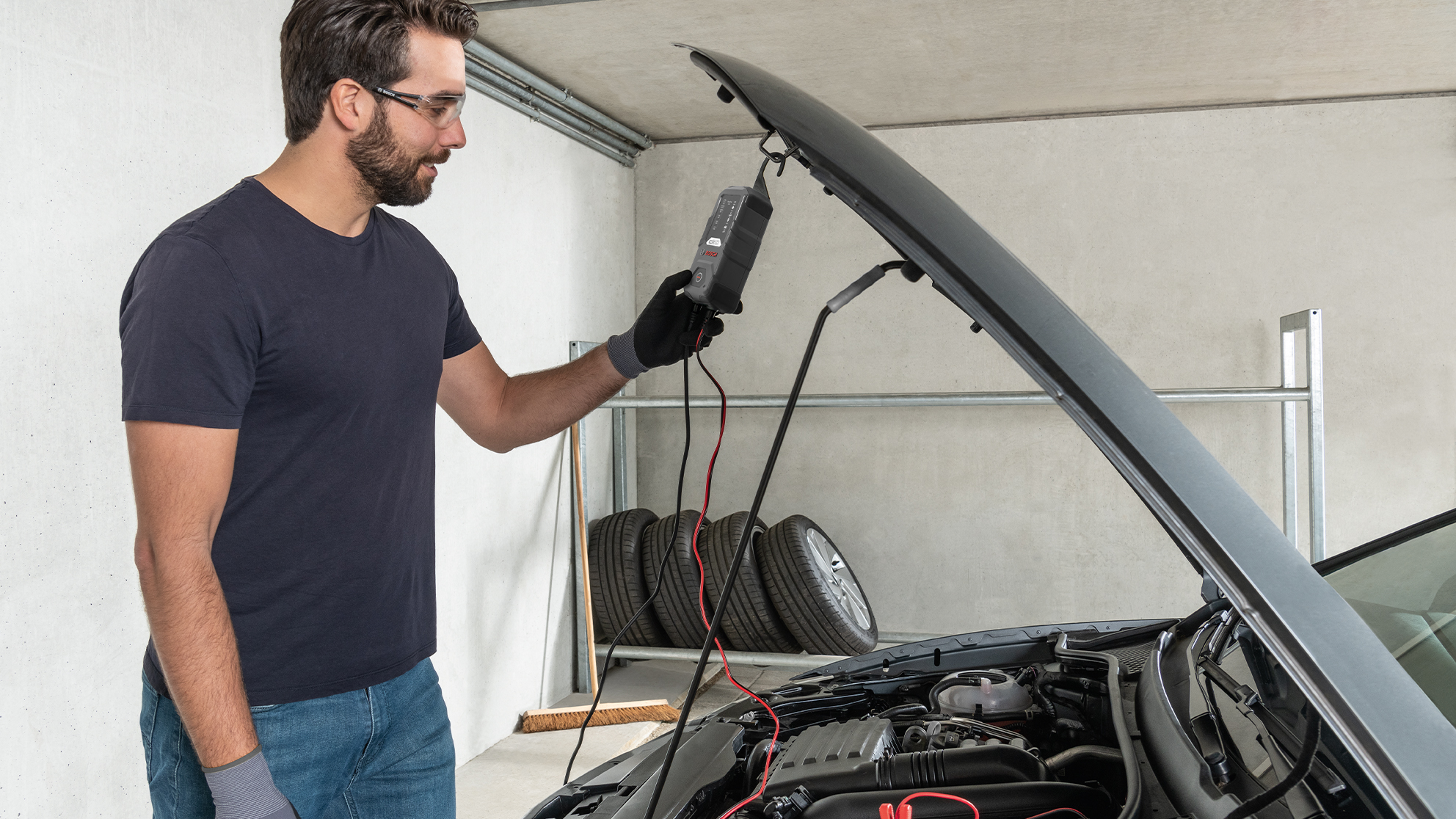No it’s not, the Grenadier is a 105ah. I’m sure @Clark Kent just put that battery as an example Molle EFB battery as the Grenadier one is not listed on the Molle site I understandAre you sure the Moll 82064 is the model installed in the Grenadier?
The Grenadier Forum
Register a free account today to become a member! Once signed in, you'll be able to contribute to the community by adding your own topics, posts, and connect with other members through your own private inbox! INEOS Agents, Dealers or Commercial vendors please use the contact us link at the bottom of the page.
-
Guest submit your best shot for a chance to win the December Photo Contest. Photo Contest Click Here
You are using an out of date browser. It may not display this or other websites correctly.
You should upgrade or use an alternative browser.
You should upgrade or use an alternative browser.
My bootlace ferrules arrived 
No it is not the one installed, as the 82064 is rated at 64Ah, whereas the INEOS Moll battery is rated at 105Ah.Are you sure the Moll 82064 is the model installed in the Grenadier?
Elsewhere on the frouim it is stated the INEOS is model 81105. A model I have never been able to find on the MOLL website. It maybe a custom model just made for INEOS.
I did look at the biggest capcity on MOLL, the 94 Ah and the charging volts were the same, but max charging amps was greater.
Last edited:
Ineos model

I spoke 2 years ago to Moll customer support (posted somewhere inthe forum), and the told to use the normal battery charging profile, not AGM. They told too, that the charger should have 10% A of the value of the battery.
Yes, this. It's the EFB chemistry that matters here not the specific battery model.No it’s not, the Grenadier is a 105ah. I’m sure @Clark Kent just put that battery as an example Molle EFB battery as the Grenadier one is not listed on the Molle site I understand
I knew if I posted the charging voltage without a reference someone would have asked where I got the figure from. The two Moll EFB specs I found are both 14.4v nominal to 14.8v maximum. I linked to one spec as an example.
I am old enough to remember when starter batteries were measured in cca's.
What is this AH madness, need alternators that can generate enough eleccy to keep the bit'n'bobs going, and batteries that can start an engine then go back to sleep after a refreshing recharge, that takes about 30 seconds.
I am guessing that the battery needs to be disconnected so as to not add more load to the charger(?)
What is this AH madness, need alternators that can generate enough eleccy to keep the bit'n'bobs going, and batteries that can start an engine then go back to sleep after a refreshing recharge, that takes about 30 seconds.
I am guessing that the battery needs to be disconnected so as to not add more load to the charger(?)
You're likely a part of the majority here!I am old enough to remember when starter batteries were measured in cca's.
What is this AH madness, need alternators that can generate enough eleccy to keep the bit'n'bobs going, and batteries that can start an engine then go back to sleep after a refreshing recharge, that takes about 30 seconds.
I am guessing that the battery needs to be disconnected so as to not add more load to the charger(?)
CCA, DIN, EN, ETN are all standards that describe the attributes of a battery. The newest battery standard is the European Type Number - ETN.
CCA is a US SAE standard for Cold Cranking Amps. That's the number of Amps the battery can deliver over 30 seconds at 0 degrees Fahrenheit and remain above 7.2v minimum.
The others are contemporary standards that cover electrical performance plus factors like physical size and format, post location and type, etc.
Ah rating has always been in the background. It's the rate of current (A) delivery over a period of time (h). Simplistically, a (new) 100Ah rated battery can deliver 100 Amps for one hour, 1 Amp for 100 hours, or any combination in between.
For starting batteries CCA performance is more important than Ah. Lead-acid batteries are good as cranking batteries. They like a short deep current discharge followed by a top-up charge from the alternator. They don't perform as well in a house battery role where Ah performance is needed to supply current to a load at near-constant voltage over time. This is where newer chemistries like AGM and Lithium shine. They are much better at providing Ah than lead-acid batteries.
Modern cars with smaller stop-start engines (and geared starter motors with reduced current requirements) can use an AGM cranking battery because AGM is an adequate compromise of CCA and Ah performance. AGM has a longer cycle life than lead-acid so is well suited to constant stop-start duty.
Yuasa UK has a good primer on the various standards.

Guide to understanding battery specifications
A guide to understanding battery specifications for automotive, motorcycle, leisure, marine and garden batteries
Edit: I missed the 2nd question.
An easy grab would be to say it's about liability but I did read a reference to say that the desulphation phase might not start or might switch to a bulk charge phase if a smart charger senses a current draw from the battery while it is being charged. That could be something as simple as the vehicle waking up during desulphation phase. I guess the only way a smart charger is guaranteed to have complete control and monitoring of the battery is if it is electrically disconnected or removed from the vehicle.
That's contrary to guidance elsewhere which says to charge an installed battery with the negative lead connected to an earth/ground point down-circuit of the battery sensor so the BMS is aware of the current inflow to the battery and can update the SOC % correctly.
I think this needs a much better explanation from a battery or charger manufacturer.
Last edited:
Here is REDARC response. In short Lead Acid profile or a profile based on the Max or recommended charge voltage.
If Moll's EFB recommended charge rate is 14.4 volts and the maximum is 14.8 volts, profile A below would be the one to use, or make a custom profile if the charger allows.

If Moll's EFB recommended charge rate is 14.4 volts and the maximum is 14.8 volts, profile A below would be the one to use, or make a custom profile if the charger allows.
Last edited:
Use the same methodology for the Victron and you should be OK. Select the closet profile from your charger manual or design a custom profile.
Although I would avoid a Lithium profile for EFB, AGM or Lead Acid, as the charge profile is more than just voltage.
Interesting comment from the Tech about people selecting the wrong profile, as they would not check. Thereby overcharging and damaging their battery. We are not wasting our time looking for the correct profile for EFB batteries.
Although I would avoid a Lithium profile for EFB, AGM or Lead Acid, as the charge profile is more than just voltage.
Interesting comment from the Tech about people selecting the wrong profile, as they would not check. Thereby overcharging and damaging their battery. We are not wasting our time looking for the correct profile for EFB batteries.
Last edited:
Ineos answer. They recommend a Bosch C7 12v 7amp battery charger which has a six stage profile.
Not much info online and can’t find a new one for sale in the uk. Looking at the Bosch website for C line chargers and there is no C7 only starting with C10. Which charges at 14.7 volts.
edit. The only difference i can see on the Victron kit is the absorption charge between 14.3 and 14.7 v on different AGM batteries.
Bosch C-Line battery charger
The new Bosch C-Line battery chargers: Now with higher performance and an extended range of functions. Five device variants for individual customer requirements.www.boschaftermarket.com
I’m still confused. Doing your own thing I guess
edit it seems the C7 has been superseded by the C10 so slightly out of date advice.
The INEOS response seems to be very close to what REDARC said. There seems to be some consensus finally emerging.
I am extracting the key data from this discussion into Resources here:
Resource icon

Charging profiles for the Moll EFB battery
I am extracting the key data from this discussion into Resources here:
Resource icon Charging profiles for the Moll EFB battery
Charging profiles for the Moll EFB battery
It's the collaborative crowd-sourcing of solutions that owners can rely on that helps to keep this place positive.
Grenapedia
I think we need to change the bit about the C7 charger as it has been superseded by other Models. All of the Bosch C line chargers have an EFB profile and will automatically detect battery type.I am extracting the key data from this discussion into Resources here:
Resource icon Charging profiles for the Moll EFB battery
Charging profiles for the Moll EFB battery
They must be dumping all the C7s in Australia, where they seem readily available.I think we need to change the bit about the C7 charger as it has been superseded by other Models. All of the Bosch C line chargers have an EFB profile and will automatically detect battery type.
I added the other 3 Bosch models to the list.
Last edited:
I noticed some CTEK chargers have a recondition mode and some Bosch's a regeneration mode, both of which operate at volts above the maximum for the Moll EFB battery. So don't use those modes on a EFB battery.
EDIT: NOCO Calls it repair mode.
Max voltage on the EFB is 14.8 volts.
EDIT: NOCO Calls it repair mode.
Max voltage on the EFB is 14.8 volts.
Last edited:
Many do, NOCO calls it repair mode, CTEK recondition mode and Bosch regeneration mode. All charge well above 14.8 volts.dont all charges have this, specially the ones that advertise 'can charge from dead' ?
In those 3 brands they are a separate profile, at least the manuals I was looking at.
TI think if the battery is dead then is pretty buggered anyway 
Many do, NOCO calls it repair mode, CTEK recondition mode and Bosch regeneration mode. All charge well above 14.8 volts.
In those 3 brands they are a separate profile, at least the manuals I was looking at.
If you use a trickle charger or DC to DC charger with the correct charging profile, batteries do not die early either.TI think if the battery is dead then is pretty buggered anyway
I learnt long ago batteries on big SUVs require pro active maintenance, or they do not last that long. Big power drains, heat, humidity, cold short trips and everything mention here all takes it toll.
Last edited:
Similar threads
- Replies
- 56
- Views
- 3K
- Replies
- 5
- Views
- 694
- Replies
- 4
- Views
- 529
- Replies
- 24
- Views
- 3K



